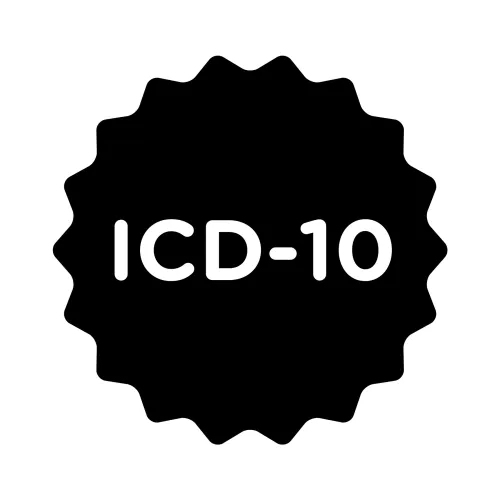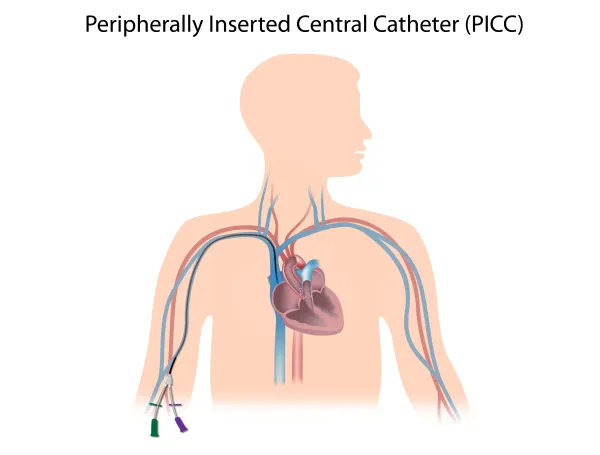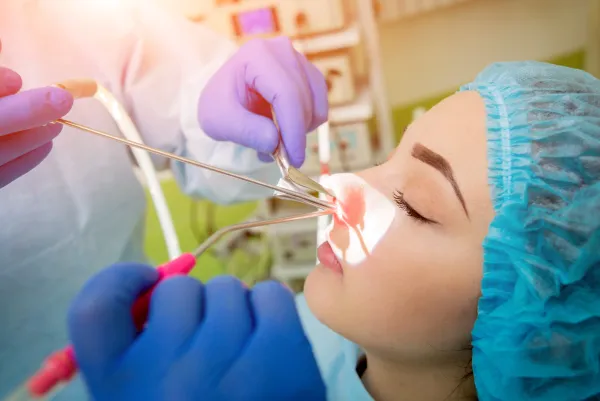Get Busy Learning This Brand-New Set of ICD-10-CM Codes

No specialty is safe when it comes to ICD-10-CM 2020. The 2020 edition of ICD-10-CM is just around the way. As summer rolls around, you’ve become accustomed to getting an in-depth glimpse at the most important changes, and this year’s preview of new, revised, and deleted codes is right on time. Beginning in October, you’ll have to make room for a plethora of new codes, including a set of specified orbital fracture codes, pressure-induced deep tissue damage codes, and codes for phlebitis/thrombophlebitis and embolism/thrombosis diagnoses of deep veins of the calf. Dive in for your initial look into another jam-packed set of updates for ICD-10-CM 2020. Look Out for New Vascular Disease Codes Involving Peroneal, Muscular Veins For scans that involve phlebitis, thrombophlebitis, or embolism/thrombosis diagnoses, you’ll have a new set of codes to consider depending on the site. Refresher: When ICD-10-CM alludes to “muscular” veins, it is referring to the soleal and gastronemicus veins located in the calf. The peroneal vein is another vessel located in the calf. Each of these vessels are considered deep veins. Previously, when coding phlebitis, thrombophlebitis, or embolism/thrombosis of the peroneal or muscular veins, you’ve had to resort to I82.49- (Acute embolism and thrombosis of other specified deep vein of lower extremity). Beginning in October, however, you’ll have the option of reporting each respective condition with the following codes: “With respect to usage, these new codes would generally support peripheral vascular studies such as duplex scans of extremity veins,” notes Sarah L. Goodman, MBA, CHCAF, COC, CCP, FCS, president and CEO of SLG, Inc. Consulting in Raleigh, North Carolina. Report Specified Forms of Atrial Fibrillation, Pulmonary Embolism Next up, you’ll want to make a note of a few important changes to pulmonary embolism and atrial fibrillation reporting. ICD-10-CM makes a note to elaborate a little further on various facets of these conditions. First, ICD-10-CM creates two new codes to report single subsegmental and multiple segmental pulmonary embolisms: ICD-10-CM also expands on coding options of persistent and chronic forms of atrial fibrillation. ICD-10-CM will delete the existing code I48.1 (Persistent atrial fibrillation) and replace it with the following codes: On a similar note, ICD-10-CM will delete existing code I48.2 (Chronic atrial fibrillation) and replace it with the following codes: Get to Know this New Deep Tissue Damage Code Set Another brand-new code set for 2020 involves a set of pressure-induced deep damage codes. These codes are to be utilized for diagnoses of a subclass of pressure ulcers, specifically known as pressure-induced deep tissue injuries (DTI). These injuries will be represented by codes for a number of regions that you’d typically find a pressure ulcer: Here’s one change to consider that the coding community as a whole can get behind. Since the creation of expanded breast lump codes, there’s been a stream of questions on how to report a lump that overlaps quadrants. ICD-10-CM have put those concerns to rest with the following two new codes: Behold This Long-Awaited New Code Set Here’s a set of specialty-specific ICD-10-CM codes for orbital wall and orbital roof fractures. For many coders, this code set has been a long time coming. “These new orbital fracture codes are very helpful,” says Kimberly Quinlan, CPC, senior medical records coder for the University of Rochester Medical Center’s Department of Otolaryngology in Rochester, New York. “When it comes to ICD-10-CM coding, the more specific, the better — so these will definitely be used,” Quinlan emphasizes. Prior to 2020, you’ve had to resort to S02.8- (Fractures of other specified skull and facial bones) for reporting of an orbital wall or orbital roof fracture. Now, there’s a vast array of site-specific codes to utilize in the appropriate instances: Get Specific with Hx of In-Situ Neoplasms Finally, get familiar with a few important new personal history codes involving in-situ neoplasms and a new code for presence of a neurostimulator:




